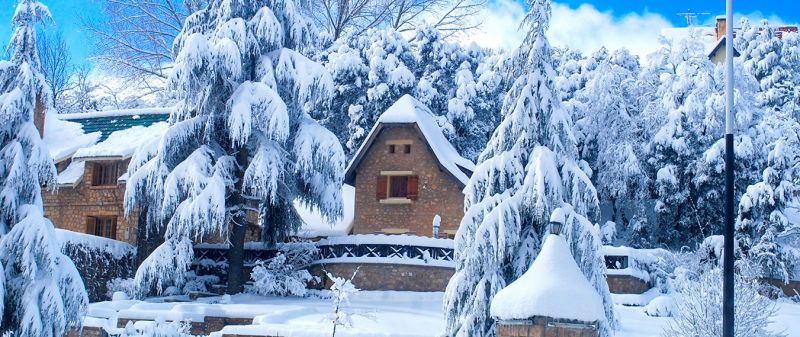At a Glance
- Explore Africa’s coolest destinations, from Ifrane’s snowy peaks to Johannesburg’s vibrant streets, in 2025.
- These cities offer breathtaking scenery, rich history, and unique attractions perfect for tourists and adventurers.
- Agriculture and tourism thrive in these temperate regions, driving local economies and creating travel opportunities.
Africa, a continent often associated with scorching deserts, lush rainforests, and tropical beaches, also boasts remarkable climate diversity.
Among its 54 nations, there are high-altitude plateaus, mountainous regions, and temperate zones that experience chilly weather. These areas are home to cities where temperatures plunge to surprising lows, offering unique experiences for residents and visitors alike.
Let’s explore the ten coldest cities in Africa—places where the brisk air and cooler climates set them apart from the continent’s warm-weather reputation.
From scenic snow-covered landscapes to vibrant cultural hubs, these cities showcase a side of Africa that many may not expect.
Whether you’re a tourist seeking an unconventional adventure or a business tourist exploring new opportunities, these destinations are worth considering in 2025.
- Ifrane, Morocco
Often referred to as “Africa’s Little Switzerland,” Ifrane is situated in Morocco’s Middle Atlas Mountains. In 1935, Ifrane recorded the lowest temperature ever measured in Africa at -24°C (-11°F)
With winter temperatures averaging 3°C (37°F), this town is known for its alpine architecture, pristine streets with an elevation of approximately 1,665 meters (5,460 feet), and surrounding cedar forests.
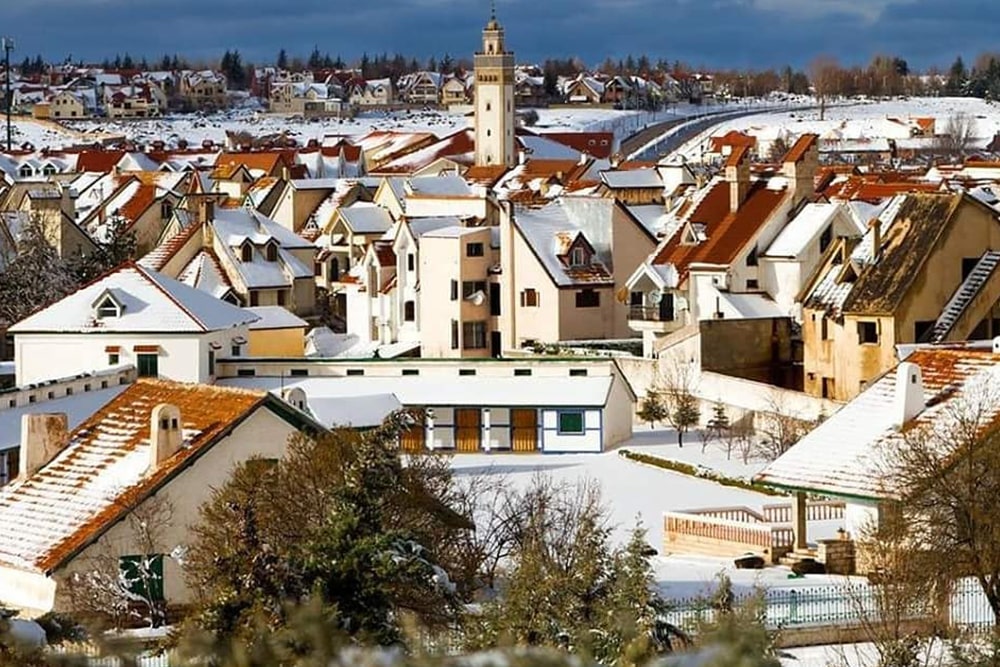
Snowfall transforms Ifrane into a winter wonderland, attracting skiers and nature enthusiasts to the Michlifen Ski Resort.
Beyond its natural beauty, Ifrane is home to Al Akhawayn University, a prestigious institution contributing to its cosmopolitan appeal. The city’s clean environment and tranquil atmosphere make it a top destination for both relaxation and academic pursuits.
- Ceres, South Africa
Located in the Western Cape, Ceres experiences chilly winters, with temperatures dropping to 2°C (36°F).
Surrounded by mountains, this agricultural hub is famous for its fruit orchards, producing apples, pears, and cherries. The snow-dusted peaks in winter add to their scenic charm, making it a favorite among tourists.
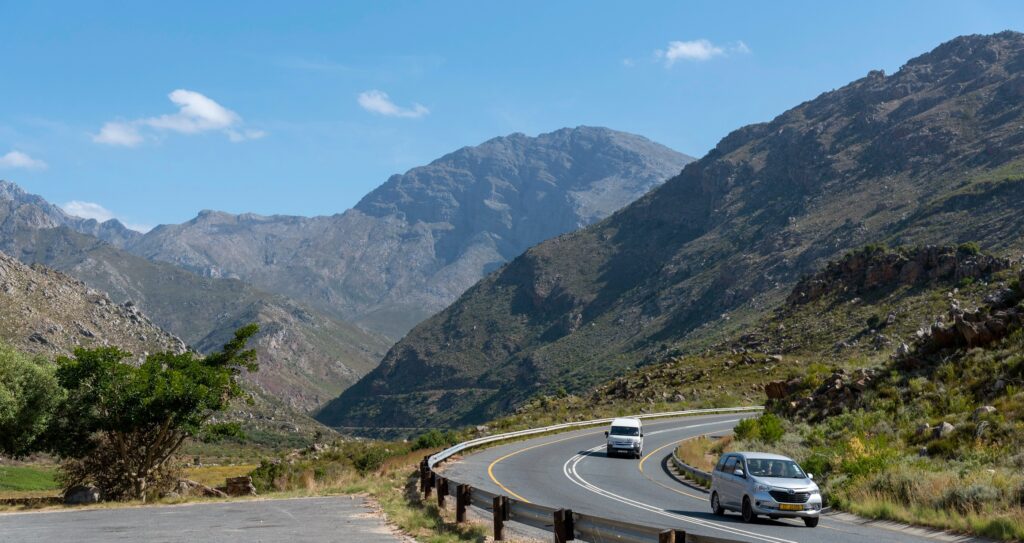
Ceres also serves as a gateway to outdoor adventures, offering hiking trails and eco-tourism experiences. The region’s thriving agricultural industry underscores its economic importance, providing jobs and contributing to South Africa’s food supply.
- Sutherland, South Africa
Renowned as the coldest town in South Africa, Sutherland is famous for its freezing winters, with temperatures often plunging below -10°C (14°F).
Located in the Northern Cape, it is also an astronomer’s paradise, hosting the South African Astronomical Observatory and the Southern African Large Telescope (SALT).
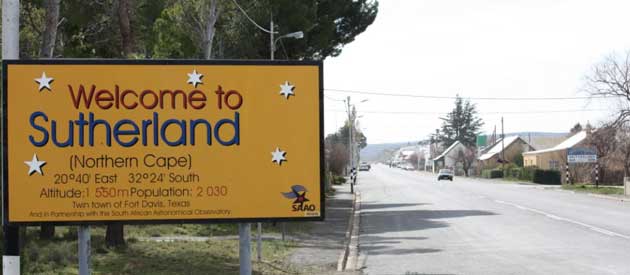
Visitors flock to Sutherland for stargazing experiences and to witness its stark, snow-covered landscapes, making it a hub for astronomical observations.
Despite its small size, the town’s unique offerings make it an intriguing destination for both science enthusiasts and adventurers.
- Maseru, Lesotho
Maseru, the capital of Lesotho, is perched at an elevation of 1,600 meters (5,250 feet) above sea level.
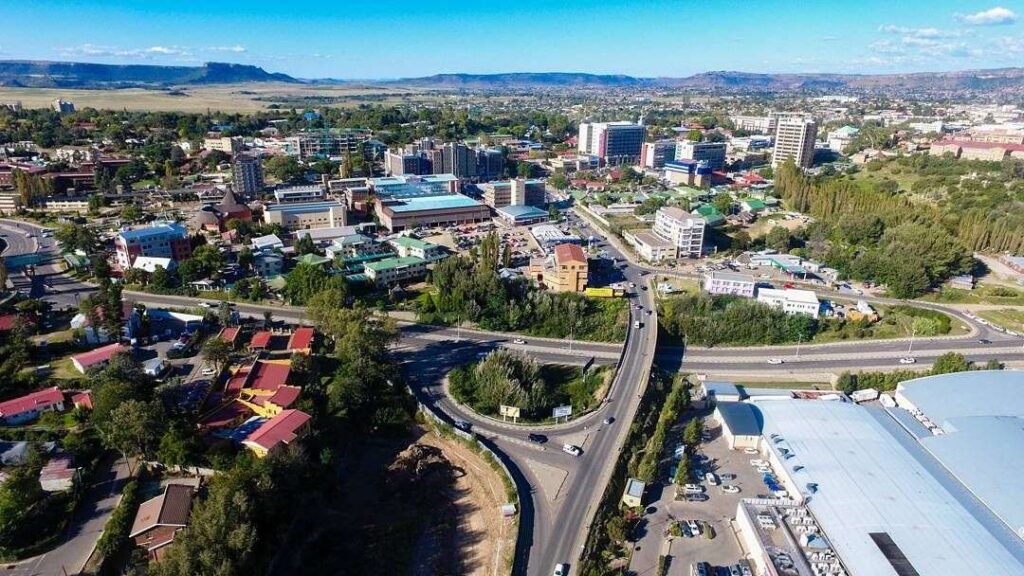
Winters in Maseru bring average temperatures of 10°C (50°F), with occasional snowfalls in the surrounding highlands. The city is a cultural and economic hub, blending traditional Basotho culture with modern influences.
Key attractions include the historic Thaba Bosiu plateau and the Katse Dam, which support the country’s thriving water export industry.
Maseru’s cool climate, combined with its rich heritage, makes it a must-visit destination.
- Addis Ababa, Ethiopia
Addis Ababa, Ethiopia’s capital, sits at an altitude of 2,355 meters (7,726 feet), enjoying mild year-round temperatures that average 10°C (50°F) in winter.
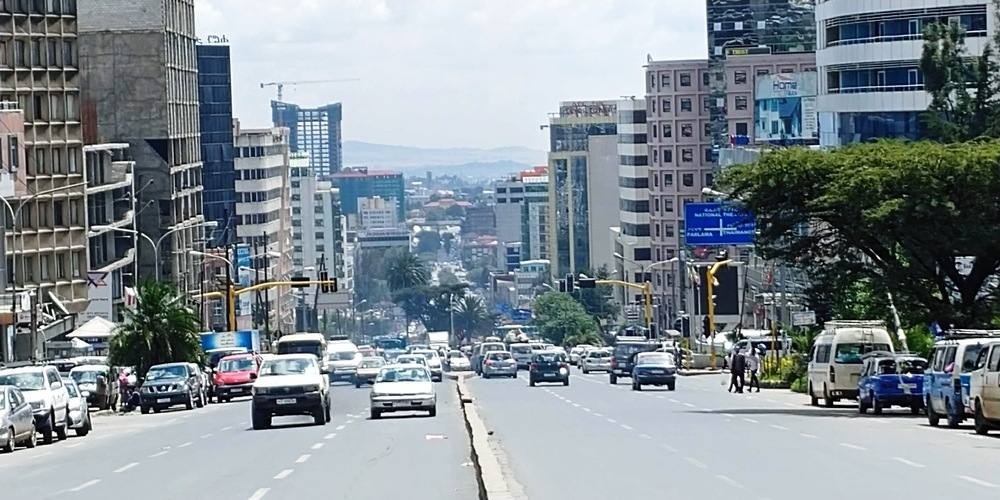
The city is a vibrant cultural and political hub, hosting the African Union headquarters and numerous international organizations.
Tourists can explore landmarks such as the National Museum of Ethiopia, home to the famous fossil “Lucy,” and the bustling Merkato market.
Addis Ababa’s cool climate is complemented by its rich coffee culture, making it an ideal destination for foodies and history buffs.
- Kigali, Rwanda
Kigali, Rwanda’s capital, boasts a mild climate with winter temperatures averaging 12°C (54°F). Known for its cleanliness and safety, Kigali is a rapidly developing city that combines natural beauty with urban sophistication.
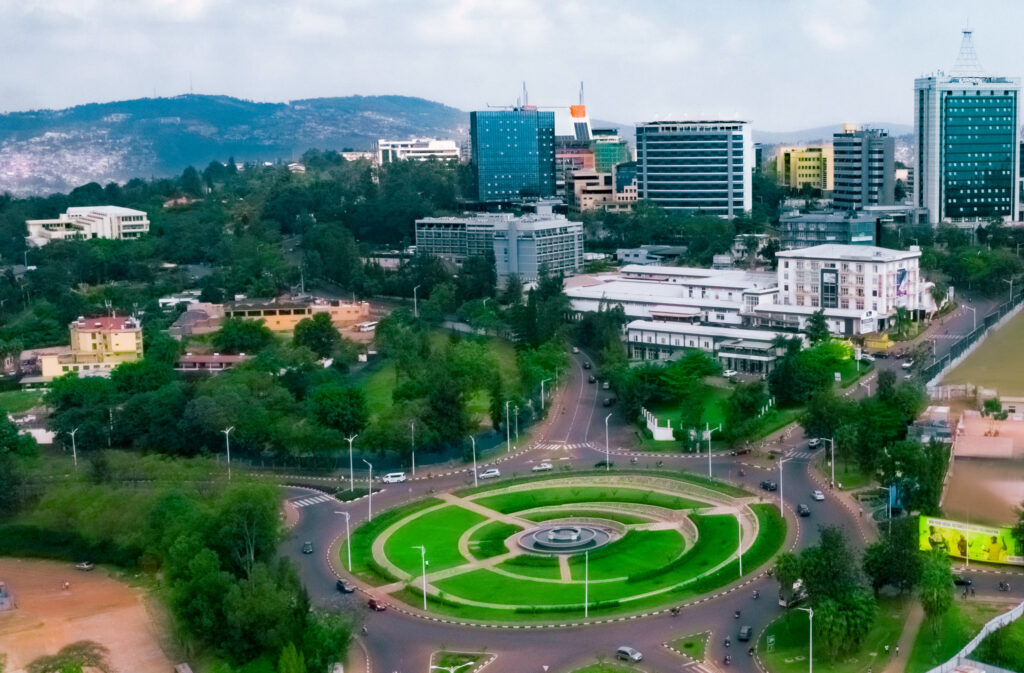
Visitors can enjoy the Kigali Genocide Memorial, art galleries, and vibrant markets. Surrounded by rolling hills, the city offers breathtaking views and serves as a gateway to Rwanda’s national parks, home to mountain gorillas and diverse wildlife.
- Nairobi, Kenya
Kenya’s capital, Nairobi, experiences pleasant winters with average temperatures of 12°C (54°F). This cosmopolitan city is a blend of urban energy and natural beauty, featuring attractions like Nairobi National Park, where lions and giraffes roam against a backdrop of skyscrapers.
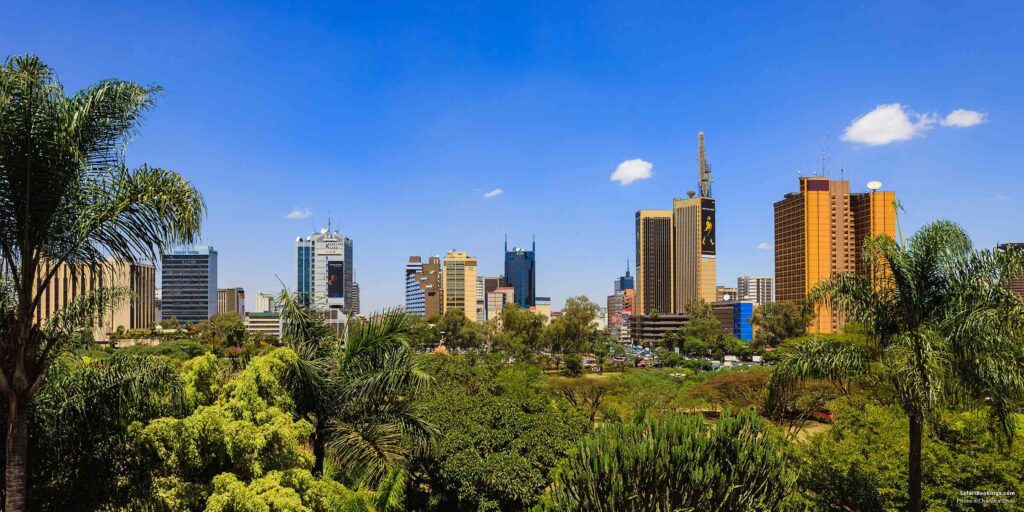
As a regional economic powerhouse, Nairobi offers diverse dining, shopping, and cultural experiences.
Its cool climate and strategic location make it a preferred destination for tourists and business tourists alike.
- Arusha, Tanzania
Located at the base of Mount Meru, Arusha enjoys a mild winter climate with temperatures around 13°C (56°F).
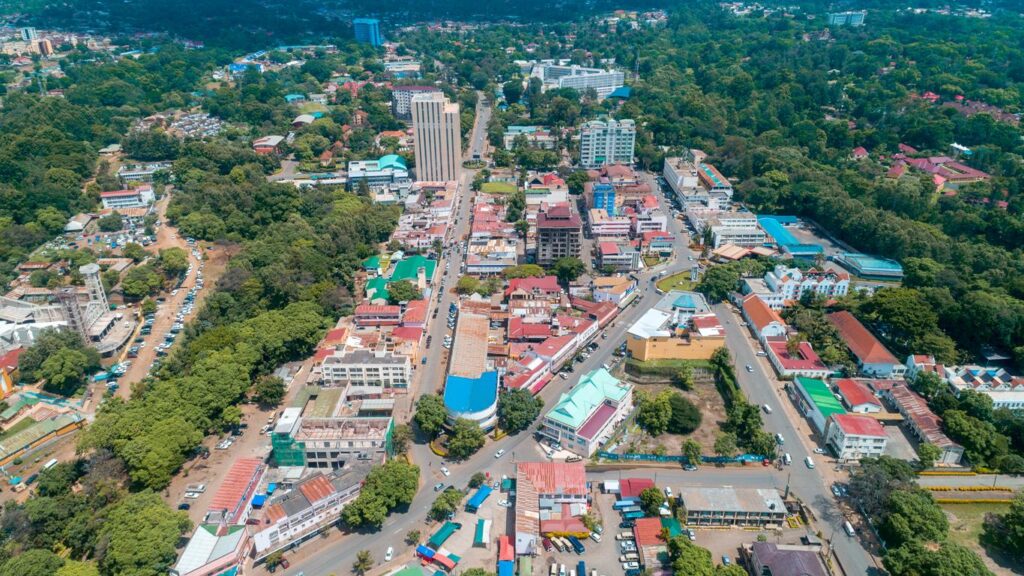
The city is a gateway to some of Africa’s most iconic attractions, including Serengeti National Park, Ngorongoro Crater, and Mount Kilimanjaro.
Arusha’s vibrant markets, coffee plantations, and cultural heritage offer a unique blend of adventure and relaxation. Its cool weather provides a refreshing contrast to Tanzania’s hotter regions.
- Harare, Zimbabwe
Harare, Zimbabwe’s capital, experiences mild winters with average temperatures of 13°C (56°F). Known for its wide avenues and jacaranda-lined streets, the city is a cultural and economic hub.
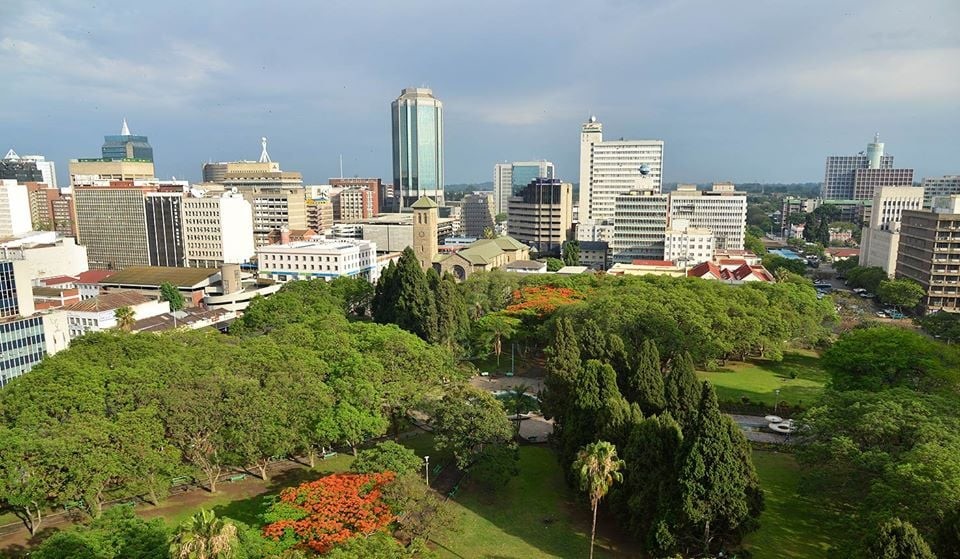
Tourists can explore attractions like the National Gallery of Zimbabwe and the Mbare Musika market. Harare’s cool climate and welcoming atmosphere make it a delightful destination for visitors.
- Johannesburg, South Africa
Johannesburg, or Jo’burg, enjoys a subtropical highland climate characterized by mild winters. Situated at an elevation of 1,753 meters (5,751 feet) above sea level, the city experiences average winter temperatures of 14°C (57°F), with nighttime lows often dipping to around 4°C (39°F).
As South Africa’s largest city and economic heart, Johannesburg offers a dynamic mix of history, culture, and innovation.
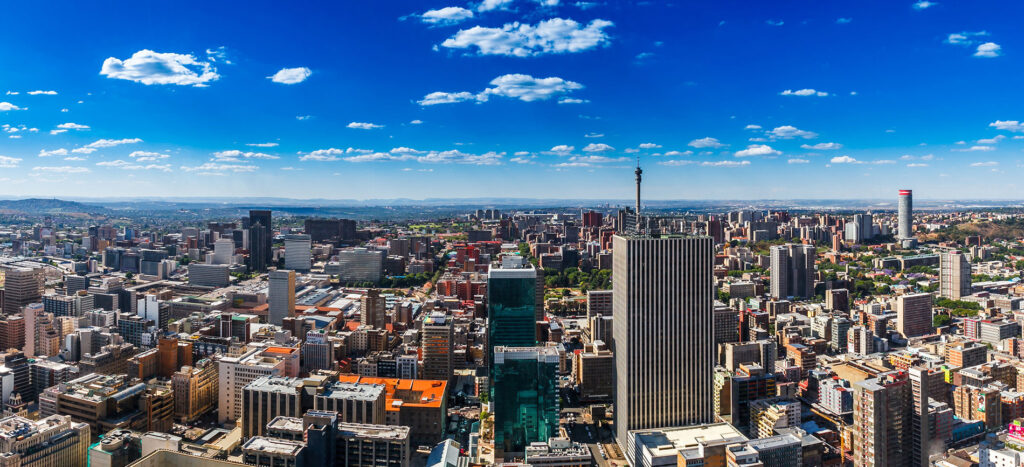
Popular attractions include the Apartheid Museum, Constitution Hill, and vibrant neighborhoods like Maboneng. The city’s mild climate and thriving arts scene make it an exciting destination for 2025.
The ten coldest cities in Africa offer a glimpse into the continent’s diverse climates and cultures. From the alpine charm of Ifrane to the vibrant streets of Johannesburg, these destinations are rich in history, natural beauty, and economic significance.
As Africa continues to develop, these cities are poised to attract more tourists and investors, contributing to sustainable growth and cultural exchange.

